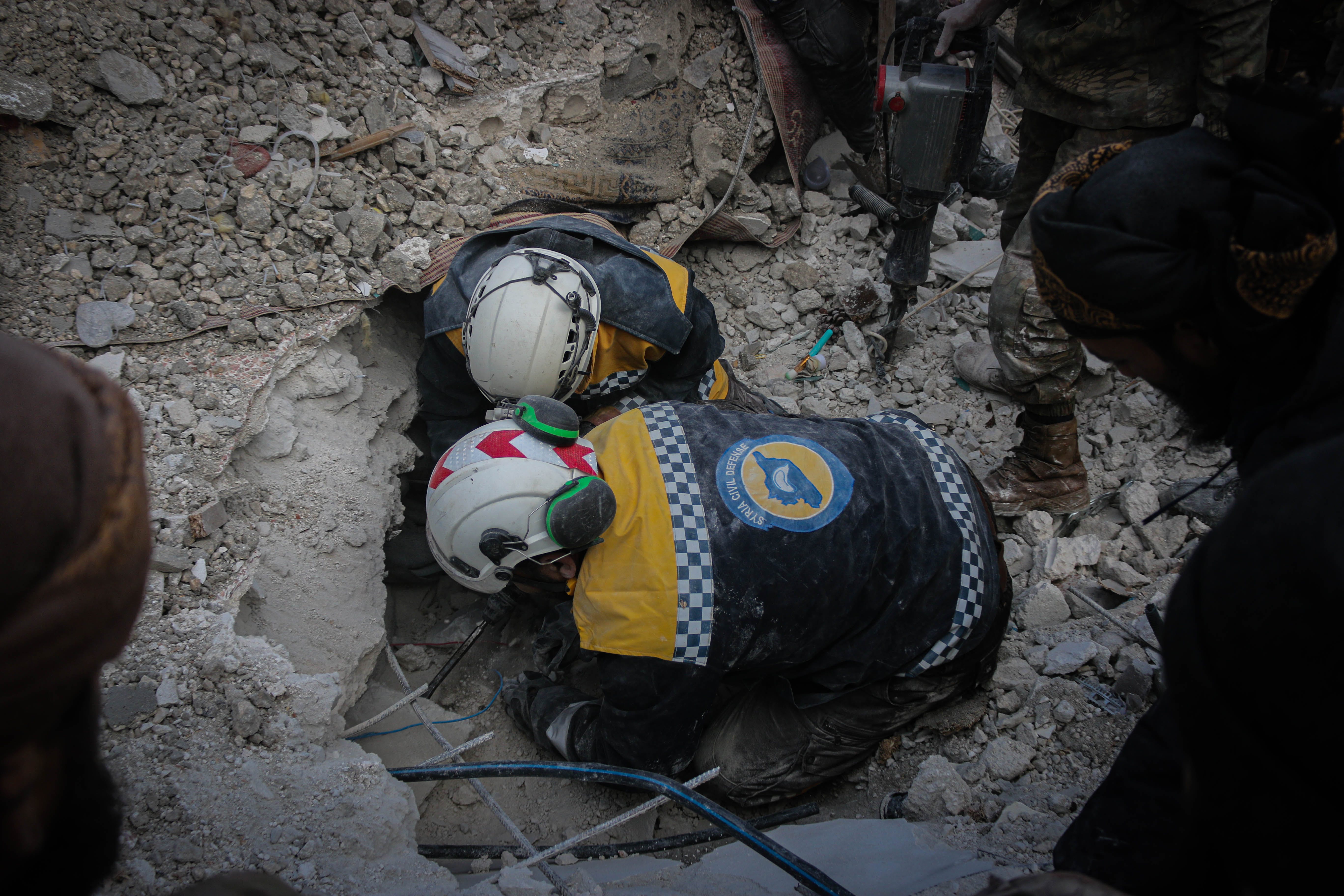As world leaders assembled in the United Arab Emirates to negotiate pledges and commitments in response to rising impacts of climate change, the world was delivered yet another sombering message: the year 2023 was set to be the hottest on record. A year that has seen climate-driven humanitarian crises unfold across the planet, with wildfires in North America and Europe, flooding in Libya and East Asia, and heatwaves across Europe and China. A year that saw at least 12,000 lives claimed from climate-driven events – a 30% increase from 2022. At the same time, gradual-onset impacts – those which typically receive less global attention than sudden climate disasters – have continued to play out in the form of sea-level rise; ecosystem and biodiversity decline; and irreversible loss and damage of land, homes and cultural heritage.
As described by UN Secretary General, António Guterres, “We are living through climate collapse in real time.” So, as 2023 came to a close, how did our world leaders respond to these developments at the recent COP28?
Key outcomes
The establishment of a Global Loss and Damage Fund was a welcome step on day one. Following decades of advocacy from developing nations, the Fund was finally operationalised in order to deliver financing to nations experiencing the most adverse climate impacts that cannot be addressed through adaptation or mitigation. While USD 700 million has been pledged so far, this represents a mere 0.2% of what is required each year to address the irreversible losses and damages being experienced by countries at the forefront of climate impacts – many of whom have contributed the least to excess historical emissions.

COP28 also saw increased attention on the linkages between global warming and rising humanitarian needs, an important step in recognising climate change as a ‘threat multiplier’. Nations agreed to establish the Declaration on Climate, Relief, Recovery and Peace, aiming to “substantially scale-up financial resources for climate adaptation and resilience building […] in situations of fragility, conflict, or severe humanitarian needs”. The Declaration commits adaptation funding to communities and countries affected by fragility, conflict and humanitarian crises.
A number of other positive steps were taken. Specific mention of fossil fuels as the principal drivers of climate change was seen in the final text – the first time this has been achieved in a COP outcome statement. Parties agreed on targets and a framework for the Global Goal on Adaptation, reflecting a global consensus on adaptation targets and the need for finance, technology and capacity-building support to achieve them. Additionally, a consensus to “transition away from fossil fuels” was ultimately agreed upon in the final text, following refusal from a number of Member States to sign an original draft (including Australia, the US and EU nations), stating they “would not be signatories to death certificates” for small island states.
Shortfalls
Despite these victories, several discouraging events played out across the course of COP28. The final text was agreed upon in the absence of the Alliance of Small Island States (AOSIS) members – those representing countries and communities at the forefront of climate-driven impacts. Specific mention was given to the role of transitional fuels (code for ‘gas’). A leaked letter from the Organisation of Petroleum Exporting Countries (OPEC) warned its members to reject any text that mentions a ‘fossil fuel phase-out’ – an objective that ultimately proved victorious. Despite over 130 countries pushing for language on a ‘phase out’ of fossil fuels, the consensus-based model of UN climate conferences saw this reduced to a weaker ‘transition away from fossil fuels’, described by many small island states as containing a “litany of loopholes”.

So, where are we now?
Much has been said to describe the outcome of COP28: “success”; “failure”; “progress”; “disappointment”. While outcomes may appear successful in comparison to those achieved at past COPs, how do they stack up against the global challenge to keep 1.5°C alive? At the time of the Paris Agreement in 2015, the world was on track for a 4°C temperature increase by 2100. Today this projection is at 2.7°C, so progress over time has indeed been achieved, but a 2.7°C world does not depict a safe future. While all forms of progress should be acknowledged, the small-scale commitments we have seen (and see year after year) fall far short of what is urgently needed for limiting human and ecological suffering from rising temperatures. As put by Anne Rasmussen, AOSIS lead negotiator, “We have made an incremental advancement over business as usual, when what we really needed was an exponential change in our actions and support.”
Climate change is well and truly here, and its impacts will continue to drive humanitarian needs in different and more profound ways. How dire these impacts become depend on our future decisions and what we choose to prioritise – be it economic gains from fossil fuel extraction, or a safe and sustainable future.
For more on COP28, listen to our Podcast: COP28 – A climate for humanitarian change
Photos: HAG






